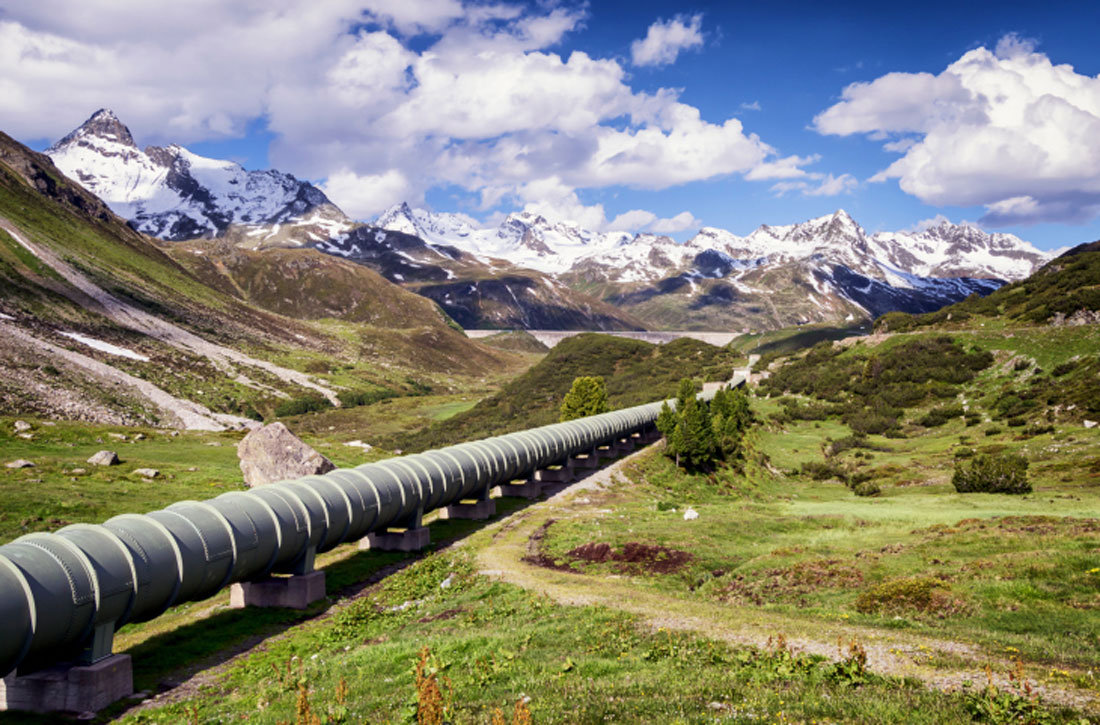TransCanada, owner of the Keystone 1 pipeline and the southern leg of the Keystone XL, is currently undergoing a compliance investigation by the Federal Pipeline Hazardous Materials Safety Administration. And the timing couldn’t be worse. TransCanada is pushing hard to get State Department approval to build the northern section of the Keystone XL, intended to run from Canada to Cushing, Okla., where it would join with XL’s already completed southern leg.
The Keystone 1, which moves about 500,000 barrels of tar sands bitumen per day, has been plagued since it opened in 2010. In its first year, there were 12 pipeline spills in the U.S. portion of the line. Two years later, according the National Resources Defense Council, the pipeline was shut down for immediate repairs.
When TransCanada refused to say why, DeSmogBlog.com, an internationally known project from Vancouver that concentrates on climate change, sent Freedom of Information Requests to PHMSA.
PHMSA responded –– nearly three years later. Late last month, DeSmogBlog reported that a pipeline inspector in Missouri had discovered areas of pipe that had been externally corroded by 95 percent, to the thickness of a third of a dime. Additional inspection found other areas where the pipe, then just two years old, had been corroded by 78 to 83 percent.
The current compliance investigation, DeSmogBlog said, centers on improper welding procedures and pipeline installation practices related to the pipeline’s cathodic or corrosion-preventing protection.
Julie Dermansky, a writer for DeSmogBlog, told Fort Worth Weekly that “most pipeline failures are a result of a failure to follow construction codes. We can’t know anything for certain about the Keystone 1 failures until the regulators provide their conclusions, but it’s a fairly safe bet that those failures are a result of cutting corners during pipeline construction.”












